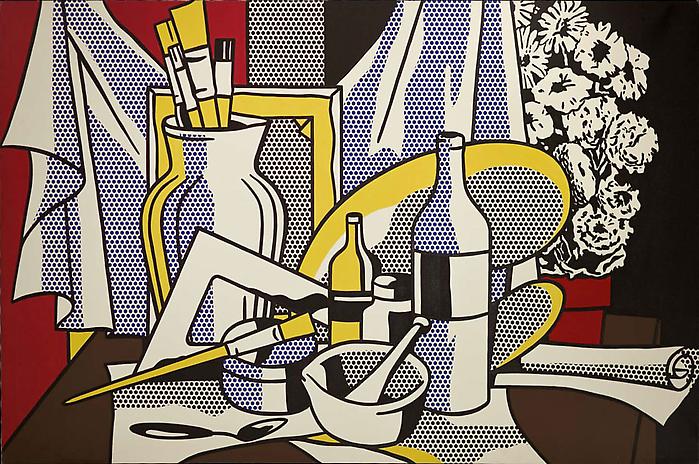 |
| Complete bedroom diorama |
The 5th grade artists have been practicing their skills in perspective drawing since October. They have had experience drawing a version of their "dream" bedroom, adding wonderful elements to their interior designs. I wanted them to build on this skill and imagine their room 3-dimensionally, so in response to the Washington state standards, I asked them to adapt their 2-D drawing in creating a 3-D work.
 |
| 1 point perspective drawings showing bedrooms |
I began this process of adaptation by introducing the "Bedroom in Arles", painted by Vincent Van Gogh. We examined the painting together by discussing the structure and content of the room. The students were asked if they were able to to determine Van Gogh's character based off this bedroom. They were able to list characteristics like lonely, tidy, poor, organized, and artistic without knowing much about his biography. They were interested to learn that their analysis was fairly on point with the painter's personality.
 |
| Vincent Van Gogh's, "Bedroom in Arles" |
Next, I demonstrated how we would take a 15" x 15" piece of white tagboard to produce the open diorama for their bedroom. They created their own afterward.
 |
| Diorama construction |
The students were then able to access a variety of mixed media to achieve their design purposes. I provided wall paper, construction paper, foil, chenille, raffia, beads, wooden sticks, fabric, felt, magazines, art straws, tissue paper, and encouraged them to bring in anything from home they wished to include. I handled a hot glue gun if they wished to use heavier materials like plastics and metals.
 |
| Students used their drawings when thinking about what to include in their room. |
 |
| Small magazine images make for great wall posters! |
They used 2 classes in constructing furniture with tagboard (I showed them how it was necessary to create "feet" when folding their tagboard so that there were surfaces to spread glue for attachment to the diorama), and adding the mixed media materials to express their creativity.
 |
| This student is constructing curtains with fabric and art straws. |
 |
| Gluing the "feet" of the tagboard built bed. |
I really enjoyed watching these kids work and help them solve design problems. I couldn't believe how fast our time went in class. It was very rewarding to watch them come into class excited to work. They would speedily get their projects, materials, and set to art making. I never had behavior or lack of motivation issues, they were all engaged. This is an art teacher's dream!
Here are some more of their results.
 |
| An artist's room. |
 |
| I love the use of beads! |
 |
| A modern room with lime green floor! |
 |
| A very cozy space. |
I'll be sure to repeat this lesson for next year's 5th grade. The results were all unique in their creativity even though they were all bedrooms. I took notice that this class really enjoys working 3-dimensionally, I'll be sure to take that into account when planning other lessons.
Thanks for reading!























































